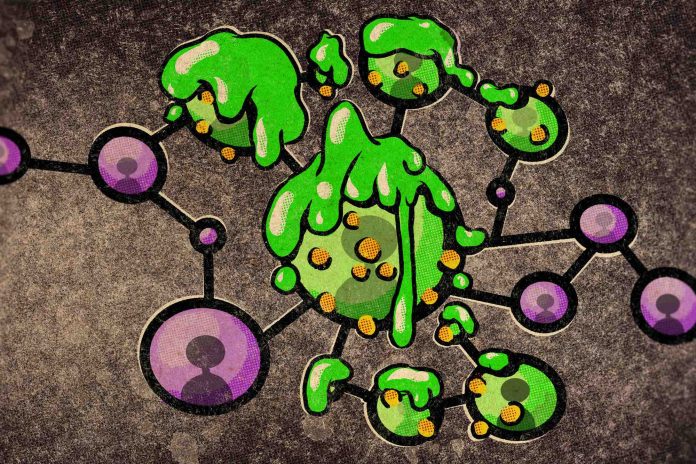The spread of misinformation on social media is a pressing societal problem that tech companies and policymakers continue to grapple with, yet those who study this issue still don’t have a deep understanding of why and how false news spreads.
To shed some light on this murky topic, researchers at MIT developed a theoretical model of a Twitter-like social network to study how news is shared and explore situations where a non-credible news item will spread more widely than the truth. Agents in the model are driven by a desire to persuade others to take on their point of view: The key assumption in the model is that people bother to share something with their followers if they think it is persuasive and likely to move others closer to their mindset. Otherwise they won’t share.
The researchers found that in such a setting, when a network is highly connected or the views of its members are sharply polarized, news that is likely to be false will spread more widely and travel deeper into the network than news with higher credibility.
This theoretical work could inform empirical studies of the relationship between news credibility and the size of its spread, which might help social media companies adapt networks to limit the spread of false information.
“We show that, even if people are rational in how they decide to share the news, this could still lead to the amplification of information with low credibility. With this persuasion motive, no matter how extreme my beliefs are — given that the more extreme they are the more I gain by moving others’ opinions — there is always someone who would amplify [the information],” says senior author Ali Jadbabaie, professor and head of the Department of Civil and Environmental Engineering and a core faculty member of the Institute for Data, Systems, and Society (IDSS) and a principal investigator in the Laboratory for Information and Decision Systems (LIDS).















